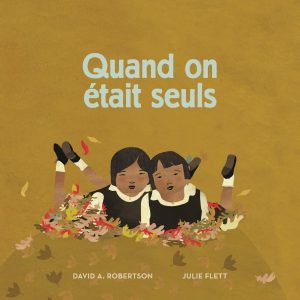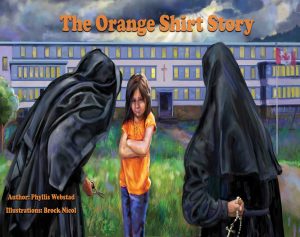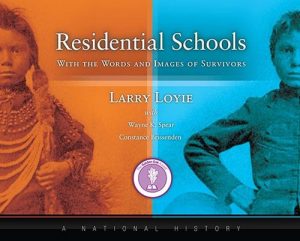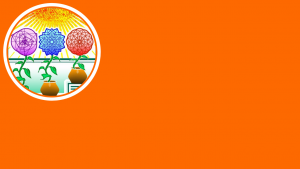Over the last few years, I’ve noticed more and more that it has become easier to vilify the messenger and the way in which the message was delivered, rather than to listen to and reflect on the message. While tone policing has been around forever, the experience of having my words discredited because of “how they were delivered” is something that is relatively new for me. Perhaps this is because I have been speaking up more or simply because others are tired of hearing about their discrimination.
I remember being in a meeting and after having asked a question about an issue of equity, being yelled at by the meeting organizer because that wasn’t the place or the time for that type of question. Believe me, it’s never the time for a Black woman to ask for equality. I remember another person in the meeting coming up to me after to ask me to share my vision with her, so she could go and deliver my vision to the meeting organizer. They mentioned that I seemed angry when asking the question and that I should have been calmer when speaking. This was highly insulting because, at that moment, I realized that it wasn’t really about the message, it was about who delivered the message. My question, no matter how nicely or calmly asked, would not have been well-received because it highlighted a “problem” in the group. The other person saw my question as being valid in the meeting and rather than in that moment speaking up, they chose to capitalize on my “vision” and consider how they might better be able to communicate my simple question. To this day, years later, this question still has not been answered. To my knowledge, no steps have been taken to implement the much-needed action related to my question. The deflection worked.
This is just one example of the way in which tone policing works to keep the status quo. It happens in many environments and also happens in schools when issues around changes in practice or policy are brought up. Often those choosing to bring up an issue are racialized and/or marginalized, and it is through our lived experiences that we try to shed light on what is problematic. In these moments we are often perceived as angry, enraged, or upset – which we have every right to be – without actually considering that we already know: that being angry, enraged or upset at work is not permissible for us. We school our words and manage our temperament to ensure we are not perceived negatively and still, any challenge to the status quo, can easily give us these labels. The focus shifts to our perceived behaviour rather than the “problem” at hand.
In a profession that calls itself a practice, shouldn’t there be room to grow? If we are all on a “learning journey”, why are some so offended at the thought of having something to work on? If ever you find yourself getting defensive by the words of a colleague, someone you work with, or a student, might I suggest you try the following?
Sit With the Discomfort
Take some time to sit with what you are feeling and consider that perhaps what you are feeling in this moment, might just be a fraction of what the other person might be experiencing on a more frequent basis. If ever I have highlighted a racist or discriminatory practice, know that I have probably experienced this practice many times before – both as a child and an educator. Having to experience it again is uncomfortable for me. No longer can I sit through this discomfort nor will I silently allow for students to sit through the discomfort so that others will be comfortable in their “fun”.
Understand that in education, once we become teachers or administrators, the learning doesn’t stop there. There are always new things to learn and ways to reflect on practices that are harmful and exclusionary. The discomfort that you might be feeling can lead to action and change, if you decide to do something about what was discussed.
Consider the Message
What is it that the other person wants you to hear? Why or how might this information be valid to your practice and/or growth as an educator? What steps do you need to take in order to bring about change? Consider thinking about where you might be able to do your own learning about this issue. Remember, it’s not up to the person who brought the situation to your attention to relive the experience and teach you how to change. Change comes from doing your own work.
Act
I can’t tell you how many people have said that they are reading and learning, with little or no action. This reminds me of the James Baldwin quote, “I can’t believe what you say, because I see what you do.” It’s through action that real change occurs. If there’s all this reading and learning, shouldn’t action accompany it? Shouldn’t there be a shift in practice that is evident? It’s through your actions, that racialized and/or marginalized people will know that you have truly heard the conversations we have been trying to have.
I do want it to be said that I am not condoning disrespectful dialogue. In no way do I believe that people should be disrespectfully spoken to by others. As someone on the receiving end of some pretty disrespectful and harassing comments, I understand this all too well. Rather, I’m speaking to the intense need that some have to immediately discredit the words of another when they are called on their discriminatory language and/or actions. It’s easy to say that the person didn’t say what they had to say in a manner that was “nice”. For example, I’m really not sure how you tell someone “nicely” that their words or actions were racist or xenophobic.
Sadly, tone policing is also often the precursor to campaigns of intense gaslighting in order to make the messenger consider the way in which they delivered their message and to detract from much-needed work to improve workplace conditions for all. When a conversation is one that is uncomfortable, please consider the message, rather than focusing on the messenger. Sit with the discomfort. Do your own learning and act.









